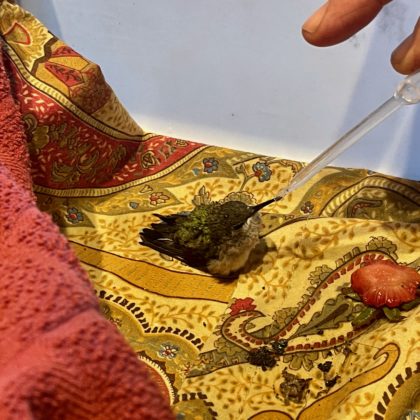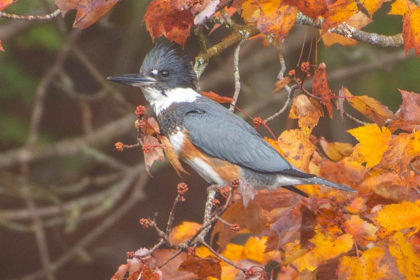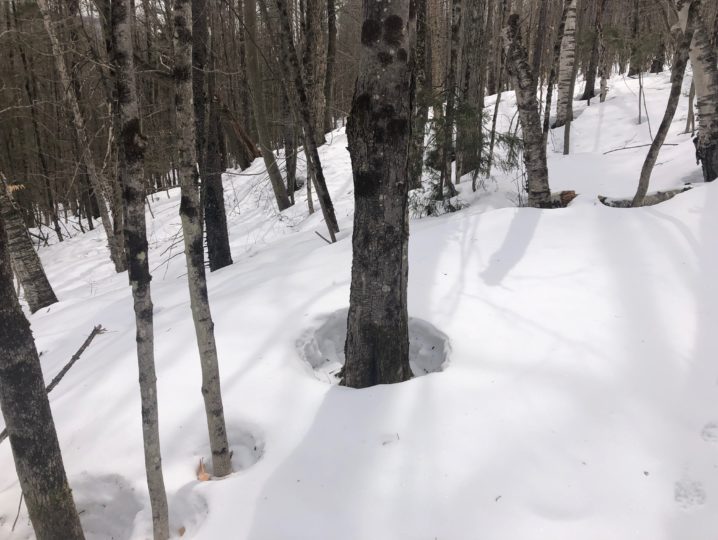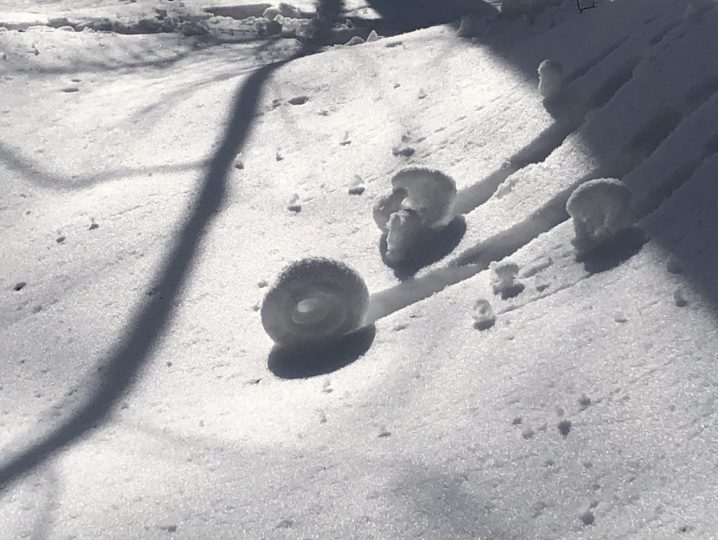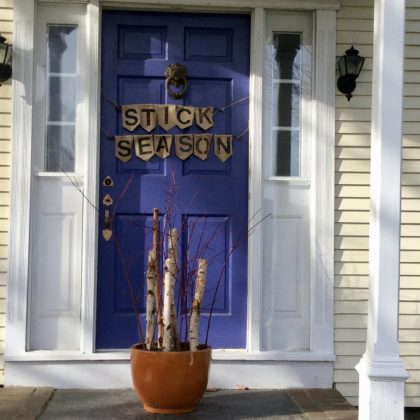
December 21, 2025 10:03 EST The shortest day and the longest night of the year in the Northern Hemisphere. This is due to the Earth tilting away from the Sun representing astronomical winter. The Sun will appear at the lowest point in the sky. Many cultures have celebrated and continue to celebrate this phenomenon.









